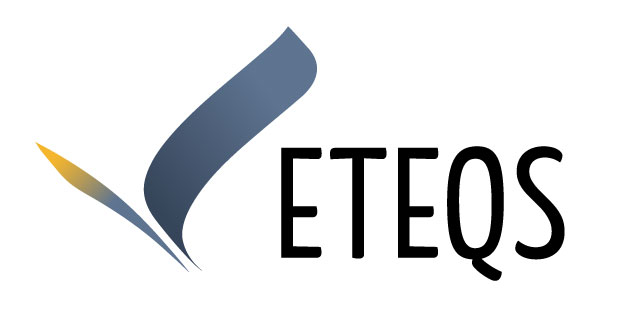The Journey of Google Search: From Keywords to AI-Powered Answers
The Journey of Google Search: From Keywords to AI-Powered Answers
Dating back to its 1998 rollout, Google Search has progressed from a simple keyword interpreter into a agile, AI-driven answer tool. At launch, Google’s innovation was PageRank, which prioritized pages by means of the standard and count of inbound links. This reoriented the web separate from keyword stuffing aiming at content that achieved trust and citations.
As the internet expanded and mobile devices mushroomed, search patterns adjusted. Google brought out universal search to blend results (stories, graphics, streams) and following that prioritized mobile-first indexing to illustrate how people practically surf. Voice queries via Google Now and in turn Google Assistant propelled the system to decode casual, context-rich questions in place of clipped keyword phrases.
The subsequent advance was machine learning. With RankBrain, Google started interpreting previously fresh queries and user desire. BERT evolved this by interpreting the refinement of natural language—syntactic markers, situation, and interdependencies between words—so results more successfully reflected what people conveyed, not just what they searched for. MUM widened understanding among different languages and modalities, allowing the engine to join pertinent ideas and media types in more polished ways.
Currently, generative AI is reinventing the results page. Demonstrations like AI Overviews synthesize information from various sources to offer short, appropriate answers, generally including citations and forward-moving suggestions. This lowers the need to click repeated links to assemble an understanding, while nonetheless conducting users to more in-depth resources when they wish to explore.
For users, this transformation results in more efficient, more focused answers. For originators and businesses, it recognizes quality, individuality, and lucidity beyond shortcuts. In coming years, foresee search to become progressively multimodal—fluidly combining text, images, and video—and more individualized, adjusting to selections and tasks. The voyage from keywords to AI-powered answers is truly about revolutionizing search from uncovering pages to delivering results.

Deixe uma resposta
Want to join the discussion?Feel free to contribute!